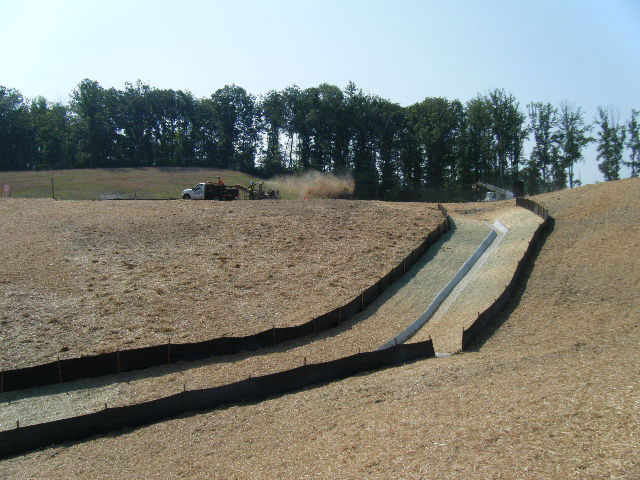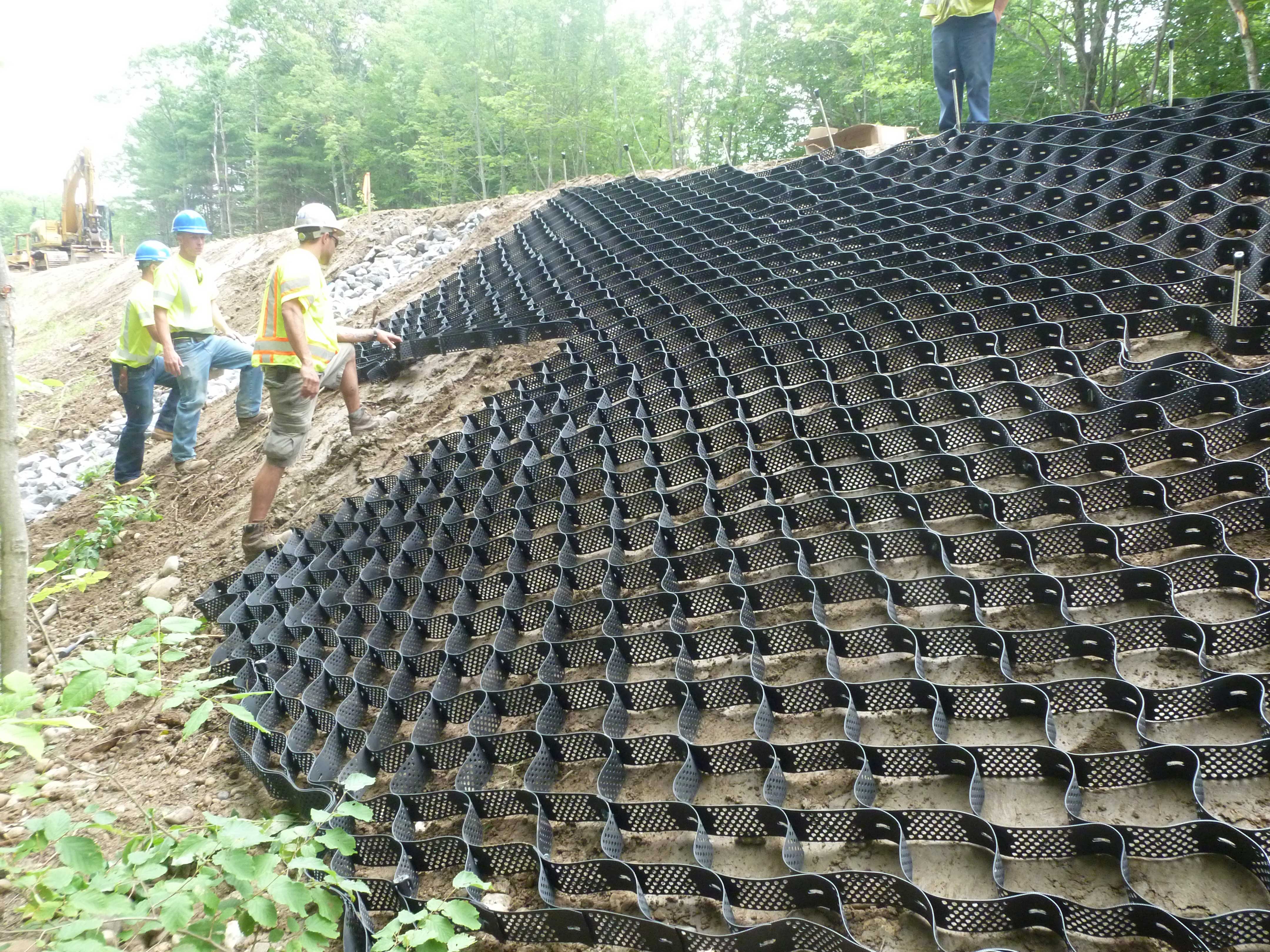Reliable Methods by Memphis Erosion Control Solutions erosion control
Effective Disintegration Control Techniques for Sustainable Land Monitoring
Are you looking for methods to properly take care of erosion on your land? Discover the various types of erosion and their effect on your land, as well as all-natural techniques to regulate disintegration. Find out how to apply reliable erosion control measures and ensure correct monitoring and upkeep.
Significance of Erosion Control in Sustainable Land Management
Erosion control is important for lasting land management because it assists prevent soil deterioration and loss. By carrying out effective erosion control techniques, you can make sure the lasting health and efficiency of your land. Without correct disintegration control procedures, soil disintegration can occur, bring about the loss of beneficial topsoil that is abundant in nutrients necessary for plant growth.
One of the major reasons erosion control is important is due to the fact that it aids to preserve dirt fertility. Furthermore, disintegration can lead to sedimentation in nearby water bodies, which can adversely influence marine communities.
Another secret advantage of erosion control is the avoidance of land deterioration. Disintegration can create the loss of necessary topsoil, which takes years to form naturally. This loss of topsoil can result in barren and ineffective land, making it tough for plants to expand and for ecosystems to thrive. By applying erosion control methods such as terracing, shape plowing, and using cover plants, you can help stop land destruction and keep the health of your land.

Types of Disintegration and Their Effect On Land
Recognizing the various kinds of erosion and how they impact the land can assist you implement better land administration techniques. Disintegration is the procedure whereby dirt, rocks, and other materials are gradually worn off and carried by all-natural forces such as water, ice, and wind. There are 4 primary types of disintegration: sheet erosion, rill disintegration, gully disintegration, and mass activity disintegration.
Sheet disintegration happens when a thin layer of soil is gotten rid of evenly from the surface of the land. This kind of erosion is typically triggered by heavy rainfall or inappropriate land management techniques such as overgrazing or logging. Rill erosion, on the various other hand, occurs when small channels or rivulets are based on the land because of the circulation of water. This can happen on high slopes or areas with compacted soil.
Gully disintegration is much more serious and occurs when larger channels or gullies are formed due to the constant circulation of water. Mass motion erosion refers to the motion of big amounts of dirt and rocks downhill due to the force of gravity.
Recognizing these different kinds of disintegration and their influence on the land is critical for effective land management. By implementing disintegration control strategies such as terracing, shape plowing, and reforestation, you can reduce disintegration and protect the stability of the land. Furthermore, practicing good land monitoring methods like appropriate plant rotation, preserving ground cover, and utilizing debris control actions can additionally aid in stopping disintegration.
Natural Erosion Control Techniques for Sustainable Land Monitoring
By carrying out all-natural disintegration control techniques, you can properly preserve the honesty and take care of of your land. In locations where erosion is a substantial worry, installing erosion control coverings or mats erosion control can be helpful. On the whole, by utilizing these all-natural erosion control techniques, you can properly manage and shield your land from erosion, ensuring its lasting sustainability.
Implementing Reliable Disintegration Control Steps

To successfully manage and shield your land from disintegration, you ought to consider carrying out tested methods that can assist alleviate the threat. One such approach is using disintegration control coverings. These coverings, made from artificial products or natural fibers, are put on the soil surface area to stabilize it and avoid disintegration. They assist retain moisture, reduce debris runoff, and promote the development of vegetation. One more effective method is the use of terracing. Terracing entails developing degree platforms on sloping land, which assists to reduce runoff and avoid erosion. It likewise enables the farming of crops on the terraced slopes. Additionally, planting vegetation is a crucial step in erosion control. Lawns, shrubs, and trees have substantial root systems that bind the dirt with each other, minimizing disintegration created by wind and water. Furthermore, mounting sediment control measures such as silt fencings and sediment fish ponds can assist trap debris and stop it from getting in neighboring water bodies. These measures are especially important during building and construction activities. By carrying out these proven erosion control methods, you can properly safeguard your land and minimize the risk of erosion and its harmful results.
Surveillance and Upkeep of Erosion Control Methods
When monitoring and keeping erosion control procedures, it is very important to regularly check the erosion control coverings, balconies, plant life, and sediment control measures to guarantee they are operating properly and properly avoiding erosion (silt fences). By carrying out regular assessments, you can recognize any type of concerns or shortages in the disintegration control methods and take necessary actions to remedy them
Start by checking the erosion control blankets. Ensure they are firmly secured and cover the designated locations with no gaps. Search for indicators of damages or wear, such as tears or subjected dirt. Replace or fix any type of damaged blankets promptly to preserve their effectiveness.
Following, evaluate the terraces. Inspect for signs of disintegration, such as debris accumulation or uneven Memphis Erosion Control Solutions silt fences surface areas. Make sure that the balconies are appropriately developed and kept to divert water circulation and lower erosion. Clear any kind of collected sediment to erosion control preserve their functionality.
Assess the vegetation in the erosion control area. Proper vegetation coverage aids support the dirt and protect against erosion.
Last but not least, evaluate the debris control actions, such as sediment containers or debris fencings. Make certain they are effectively set up and working as intended. Remove any kind of accumulated debris and guarantee that the controls are appropriately kept.
Normal monitoring and upkeep of erosion control actions are important for their long-term effectiveness in stopping disintegration and keeping lasting land management practices.
Verdict
In verdict, you ought to prioritize disintegration control for sustainable land administration. By understanding the various kinds of disintegration and their influence on the land, you can implement effective all-natural disintegration control techniques.
Discover the different kinds of disintegration and their influence on your land, as well as all-natural approaches to control erosion. There are four main kinds of disintegration: sheet erosion, rill disintegration, gully erosion, and mass motion disintegration.
By applying erosion control techniques such as terracing, shape plowing, and reforestation, you can reduce disintegration and preserve the stability of the land (Memphis Erosion Control Solutions silt fences). Generally, by utilizing these natural erosion control approaches, you can efficiently take care of and secure your land from disintegration, guaranteeing its long-term sustainability
By recognizing the different kinds of disintegration and their influence on the land, you can apply effective natural erosion control methods.